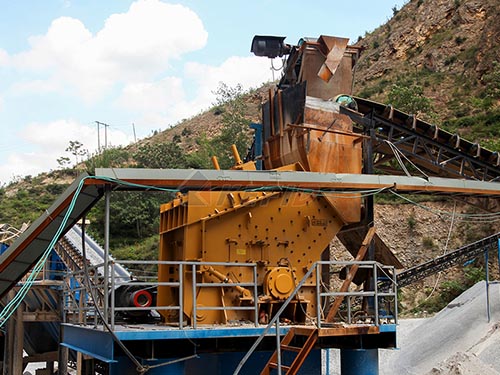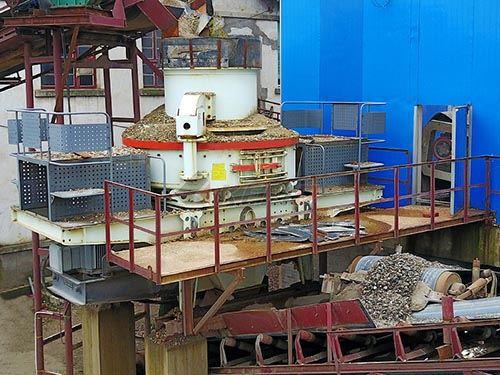Calculating Crushing Power Requirements Using the Bond Work Index: A Cornerstone of Efficient Comminution Design
Introduction: The Energy Intensive World of Size Reduction
Comminution – the progressive reduction of particle size through crushing and grinding – represents one of the most energy-intensive processes within the mining and mineral processing industries. Estimates consistently place comminution as consuming between 30% to 70% of a typical mine site’s total operational energy budget. This immense consumption translates directly into significant operational costs and environmental impact through greenhouse gas emissions associated with electricity generation or direct fuel use.

Optimizing comminution circuits is therefore paramount for both economic viability and sustainability goals. Central to this optimization effort is accurately predicting the energy required to reduce raw ore from its run-of-mine (ROM) size down to a target product size suitable for subsequent beneficiation processes like flotation or leaching. While grinding often consumes the lion’s share of this energy (roughly 60-70%), efficient primary and secondary crushing are crucial prerequisites that significantly influence overall circuit performance and total energy draw.
Among the various methodologies developed over decades to predict comminution energy requirements, Fred Chester Bond’s “Third Theory of Comminution,” encapsulated in the Bond Work Index (Wi), remains arguably the most widely used and practical tool globally. Although frequently associated with grinding mills (ball/rod mills), the fundamental principles underlying the Bond Work Index are equally applicable – albeit with specific considerations – for estimating power requirements in crushing circuits when combined with appropriate methodologies like Bond’s Crushing Law or adaptations thereof.
This article delves into the theoretical foundation of the Bond Work Index, explains its extension to crushing applications through established relationships like Kick’s Law adapted within Bond’s framework, provides a detailed methodology for calculating crushing power requirements using Wi values derived from standard tests or databases, discusses critical factors influencing accuracy, and highlights its practical significance in circuit design and optimization.
Understanding the Core: The Bond Work Index (Wi)

1. The Fundamental Premise: Fred C. Bond postulated that the net energy (`W`) required per unit mass (`m`) to reduce infinitely large particles (`F` = ∞) down to a specific product size (`P`, defined as the sieve size in micrometers allowing 80% cumulative passing) is proportional to a material-specific constant: `W = Wi (10/√P – 10/√F)` kWh/t.
`W`: Net specific energy input (kWh per metric ton).
`

Leave a Reply